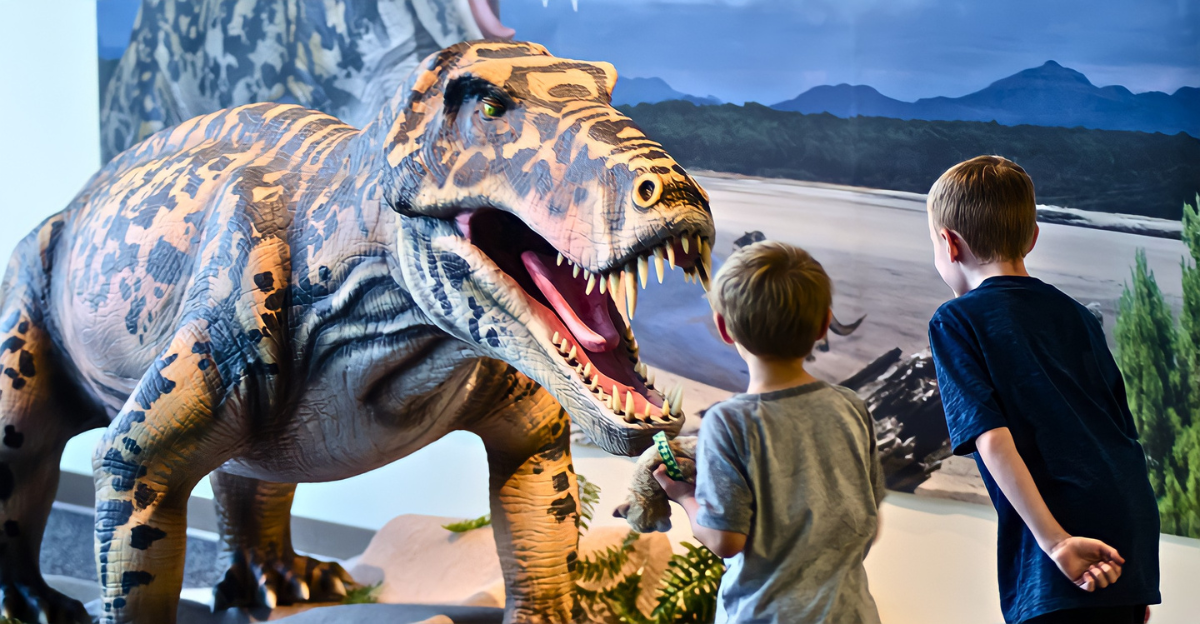
Millions of years before dinosaurs, Earth’s true rulers were the terrifying predators of the Permian age, 299 to 252 million years ago. Creatures like Dimetrodon and Anteosaurus were the first major meat-eaters, reshaping ancient food webs and landscapes.
Their reign challenges what many imagine about dinosaur origins and lets us glimpse a lost world full of engineering miracles, deadly jaws, armored bodies, and evolutionary breakthroughs that would echo down through the ages.
How Permian Beasts Changed the World

Long before the word dinosaur existed, fierce non-reptiles called synapsids and dinocephalians roamed the land. Dimetrodon, famous for its huge, sail-like backbone, hunted everywhere, from rivers to dry hills.
Fossil expert Prof. Michael Benton confirms, “These early predators shaped the destiny of every animal group that followed”. Permian monsters tested evolutionary possibilities, each helping them dominate their habitats before actual dinosaurs even appeared.
When Earth Became Tough

The Permian saw wild changes when rainforests collapsed, climates became drier, and the rise of a single supercontinent, Pangaea. Many forests vanished, forcing creatures to adapt quickly or go extinct, those who survived became tougher, more effective hunters, and more creative prey.
The shift made life unpredictable, driving animals to invent new survival tricks to cope with world-altering droughts and changing landscapes. “Creatures had to adapt to relentless change or vanish,” notes evolutionary biologist Dr. Jennifer Clack.
The Grandfathers of Mammals

Picture a world where the biggest land hunters weren’t dinosaurs, but strange beasts called synapsids, relatives of mammals, not reptiles. Creatures like Dimetrodon, Anteosaurus, and gorgonopsids led the food chain, using powerful jaws and sharp teeth for hunting.
“Their skulls reveal jaw strengths that rival even some modern animals,” says paleontologist Dr. Roger Smith. Their success opened doors for future mammals, showing that early innovation often comes from unlikely places. Fossils prove synapsids were everywhere, forming a network of rulers lacking the cold-blooded features seen in reptiles.
The First Apex Predators
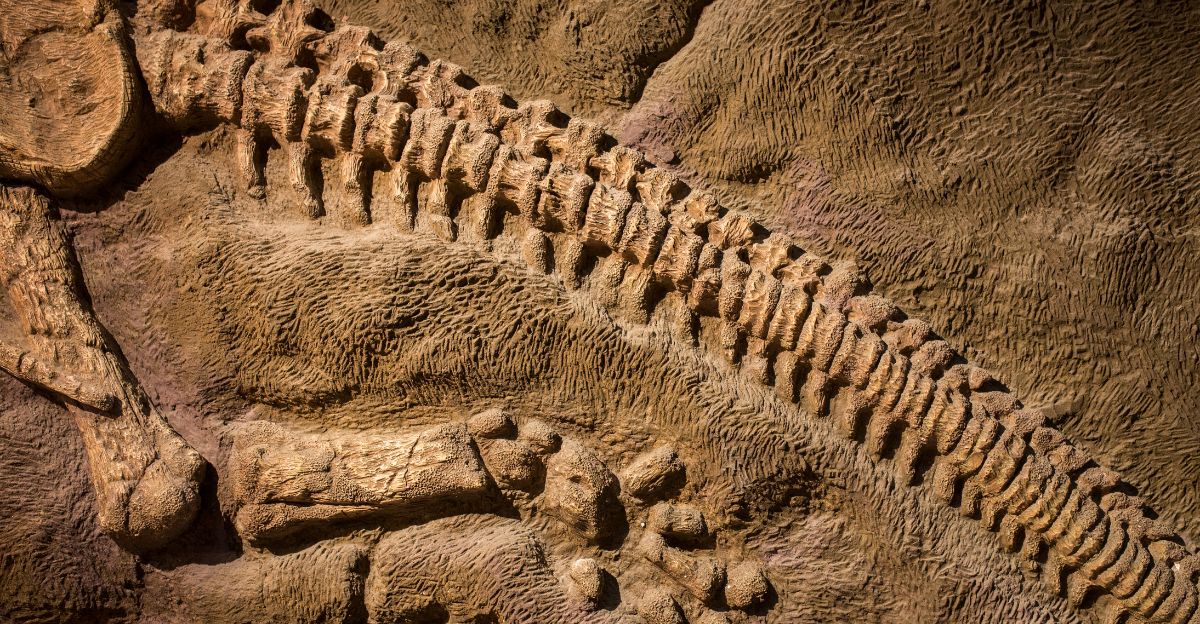
For decades, many believed dinosaurs were Earth’s first feared hunters. But fossils tell another story: Permian monsters ruled the planet long before any dinosaur appeared. Their remains reveal a world where massive carnivores led complex food webs. They were stronger, faster, and more adaptable than their reptilian neighbors.
“Dimetrodon’s dominance is a scientific fact, not just speculation,” says Dr. Neil Brocklehurst, BBC Future. Their legacy proves the planet’s first apex predators were far older and stranger than most imagine.
Track Marks Across Continents
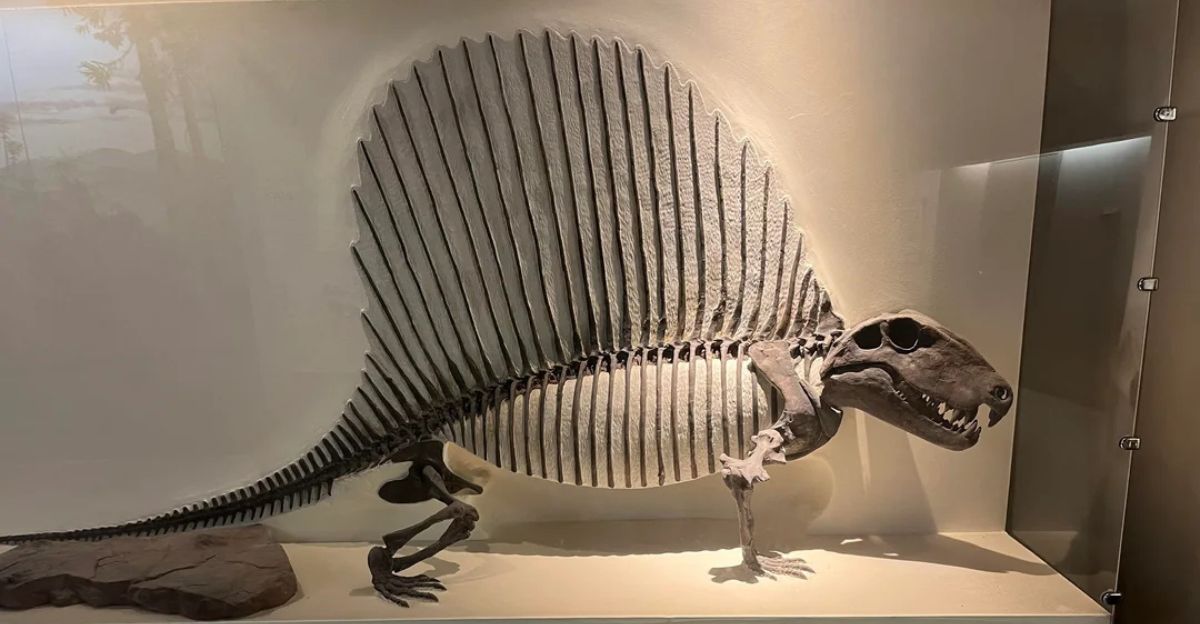
If you think these mega-predators were just local legends, think again. Researchers have dug up Dimetrodon fossils in places as far apart as Texas, Germany, Ohio, and Canada, proving their reach was enormous. They hunted in swamps and forests, chasing fish, amphibians, and other reptiles.
Meanwhile, saber-toothed gorgonopsians showed up in Siberia and South Africa, taking down large prey with jaws built for power. “Global footprints are a testament to their success as hunters,” says Dr. P.J. Hancox, paleontologist.
Evolution’s Best Weapons
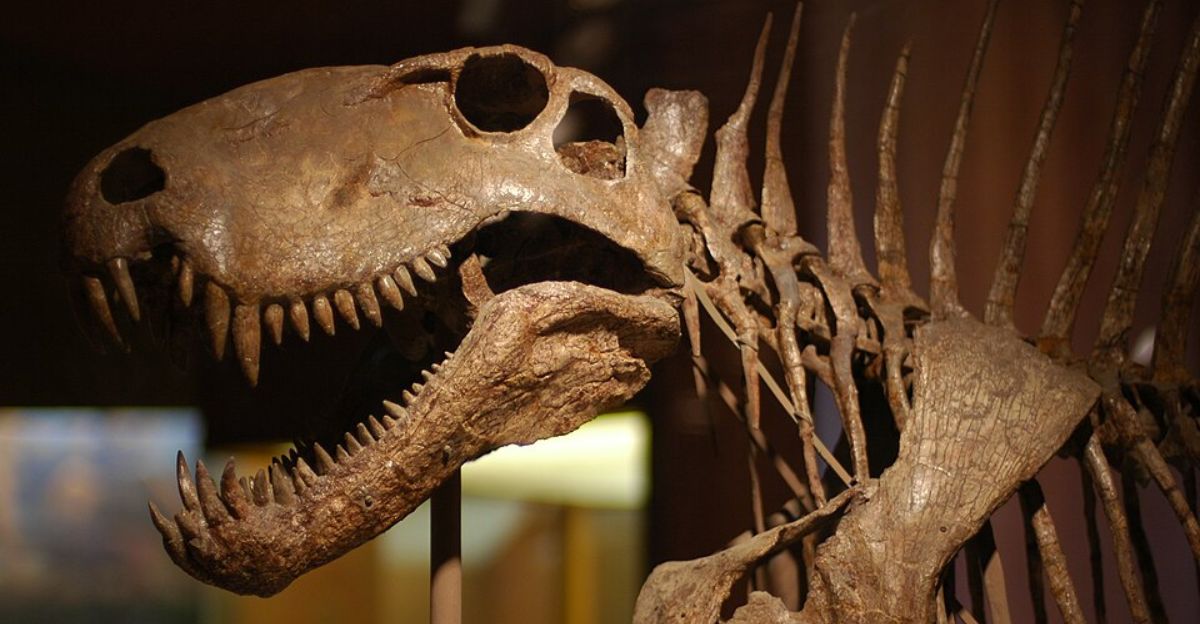
Surviving tough conditions meant Permian hunters had to innovate. Dimetrodon had different kinds of teeth so it could slice, tear, and grip animals with precision. Anteosaurus was all about brute force, its huge jaw and bony head crushed anything unlucky enough to get caught.
Gorgonopsians showed off saber-like canines, sometimes as long as a butter knife, designed to pierce thick hides and end fights quickly. “These weapons were the results of millions of years of ruthless natural selection,” wrote Dinopedia.
Our Link to Permian Power

The story doesn’t end in the past, these monsters paved the way for modern mammals and even humans. Permian synapsids are our direct ancestors, carrying DNA that would shape bears, whales, and mice.
Their jaw and tooth designs still echo in mammals today, connecting ancient innovation to present biology. “Features like mammal-style ears first appear in these ancient predators,” writes Britannica science editor Dr. John P. Rafferty.
How Prey Got Tougher

Herbivores like Edaphosaurus and Diadectes had to grow bigger and create body armor to avoid becoming dinner. “Predator-prey relationships fueled evolutionary arms races where size and protection became crucial,” states Dr. Michael Benton, evolutionary biologist.
Predators became smarter and deadlier, so their prey responded with new features like tough scales and increased bulk. These feedback loops sped up natural selection, forcing both sides to keep improving just to survive.
The First Saber Tooth
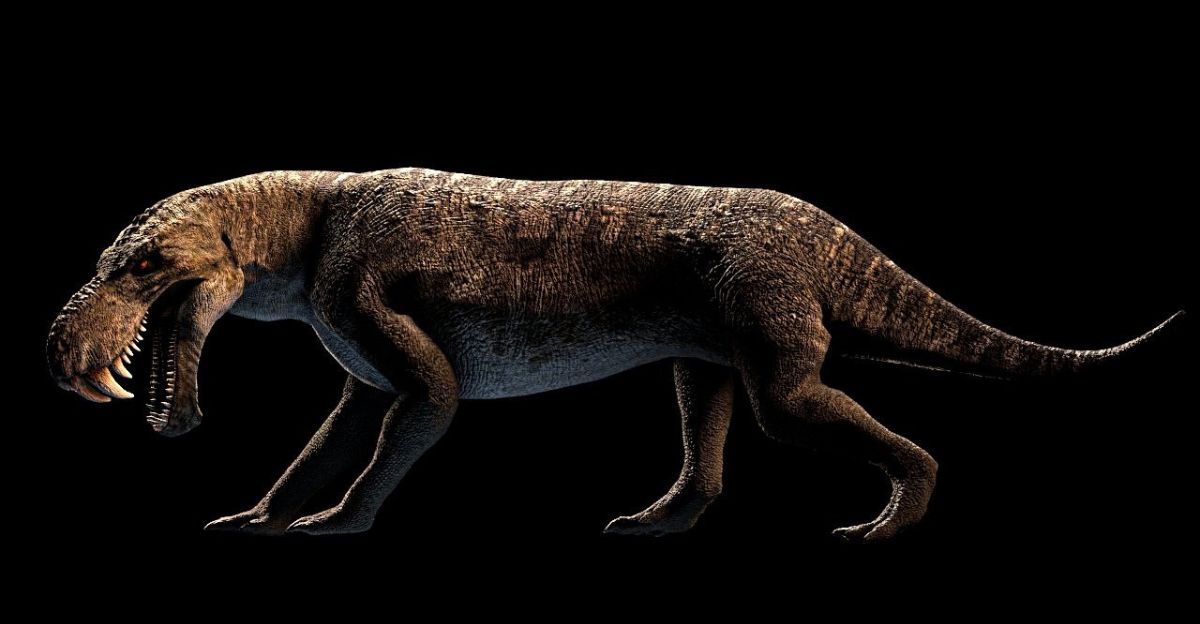
When you think “saber tooth,” you probably picture prehistoric cats, but the Permian period got there first. Gorgonopsids started true saber-shaped canine teeth millions of years before mammals inherited the design. These impressive teeth could reach lengths up to 6 inches and were perfect for piercing skin and muscle, delivering rapid, fatal attacks.
“Saber teeth developed far before the rise of cats, originating in Permian carnivores,” confirms the Permian Monsters Exhibition. This tooth type was so effective that similar forms appeared in evolution again and again.
The Day Everything Changed
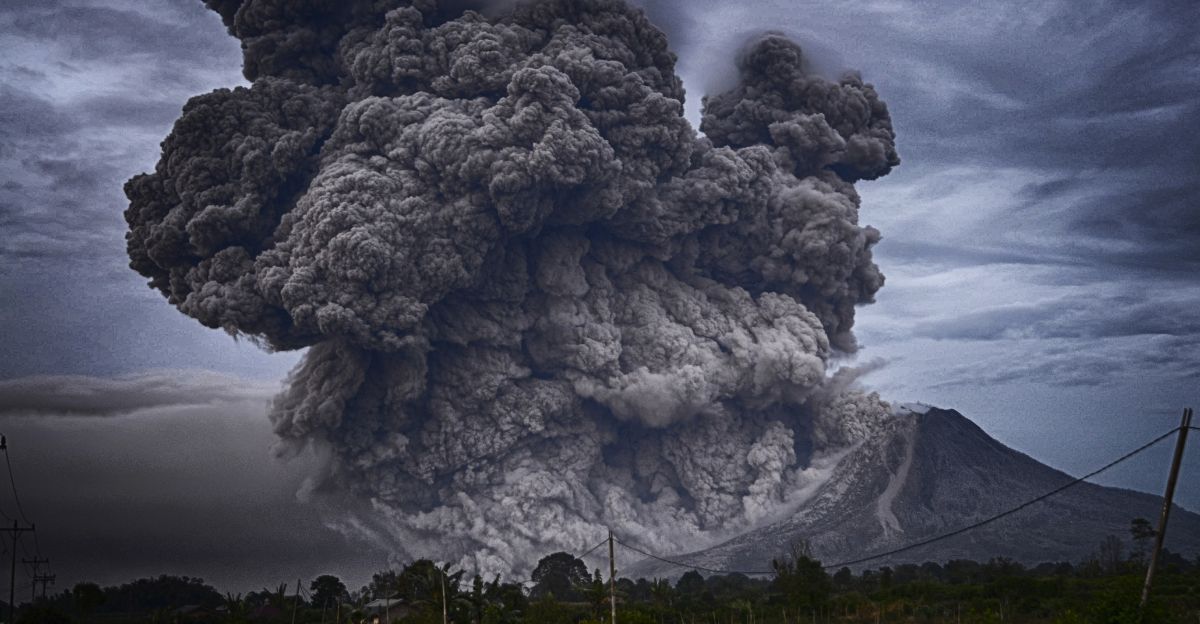
At the end of the Permian era, a mass extinction wiped out over 90% of all marine species and 70% of land vertebrates. “It’s the single largest extinction event known,” says Smithsonian Magazine’s science editor.
This catastrophe ended the reign of Permian monsters, wiping the slate clean for new life to eventually take over. For nearly 30 million years afterward, the planet’s food chains and ecosystems rebuilt from scratch.
New Players Take Over
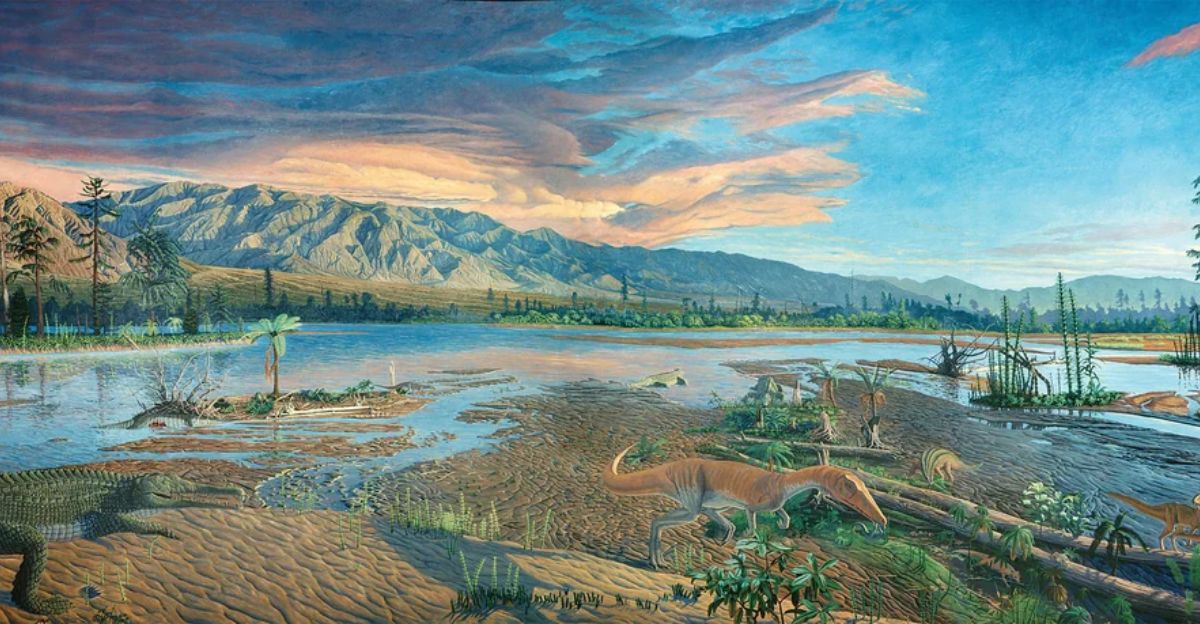
Once the giant predators vanished, survivors had to adapt fast. Small reptiles, archosaurs, and proto-dinosaurs stepped in and reinvented themselves and their behavior. “The extinction allowed completely new groups to rise and diversify,” says Dr. Steve Brusatte, paleontology professor.
The ecosystem flipped from slow-moving monsters to fast, alert foragers and hunters in the Triassic period. As the dust settled, dinosaurs eventually emerged, ready to claim the top spots left behind by the Permian beasts.
How Science Reveals the Past

Modern research has transformed our understanding of Permian predators. Scientists now use advanced imaging, bone chemistry, and forensic techniques to explore ancient fossils. International teams have mapped growth rates and hunting strategies, uncovering new details about how these monsters lived and died.
“Tech like CT scanning lets us peer inside fossils, revealing muscle attachment, injury, and even what the animal ate,” explains Dr. Julien Benoit, Wits University. Every year, new fossil sites bring surprises, correcting myths and teaching us about a world that vanished millions of years ago.
Dinosaur-Free Dominance

The Permian wasn’t just a northern affair, South Africa and Brazil hold epic fossils of predators like Anteosaurus and Pampaphoneus. In South Africa, Anteosaurus grew up to 20 feet long and weighed as much as a car, making it the largest meat-eater in the region.
Brazilian discoveries of Pampaphoneus prove Permian giants roamed across the Southern Hemisphere, contradicting the idea that these animals were only found up north. “Finding these super-predators in Brazil and South Africa expands our picture of ancient global ecosystems,” says Dr. Juan Cisneros, paleontologist.
Lessons for Today’s World

By studying how these ancient predators adapted and eventually vanished, today’s experts gain clues about climate crises, ecosystem collapses, and survival in changing environments. “Permian extinction models help us predict how species might respond to environmental disasters now,” explains Dr. Felicity Green, BBC Future.
Research into Permian ecosystems informs policymakers trying to protect endangered animals and manage habitats facing climate shifts.
Digging Up New Mysteries

Researchers are now rethinking everything from how Permian predators moved to how they sensed their environment and even whether they lived part-time in water. “Each dig opens up possibilities we hadn’t imagined about ancient life,” says Dr. Anusuya Chinsamy-Turan.
Ongoing debates about their metabolism, intelligence, and family groups keep paleontology buzzing. Governments and museums support giant digs and preservation projects, making sure every new clue is protected for the future.
Ancient Monsters, Modern Innovations

Studying Permian predators doesn’t just fill textbooks, it’s changing industries. Engineers borrow tooth and jaw designs for better cutting tools, and body armor makers use fossil data to develop tougher safety gear.
“Permian fossils inspire everything from medical imaging to wildlife protection,” reports ScienceDirect. Academic and industrial collaborations keep growing, with fossil scan technology helping doctors, designers, and conservationists.
Battling Myths
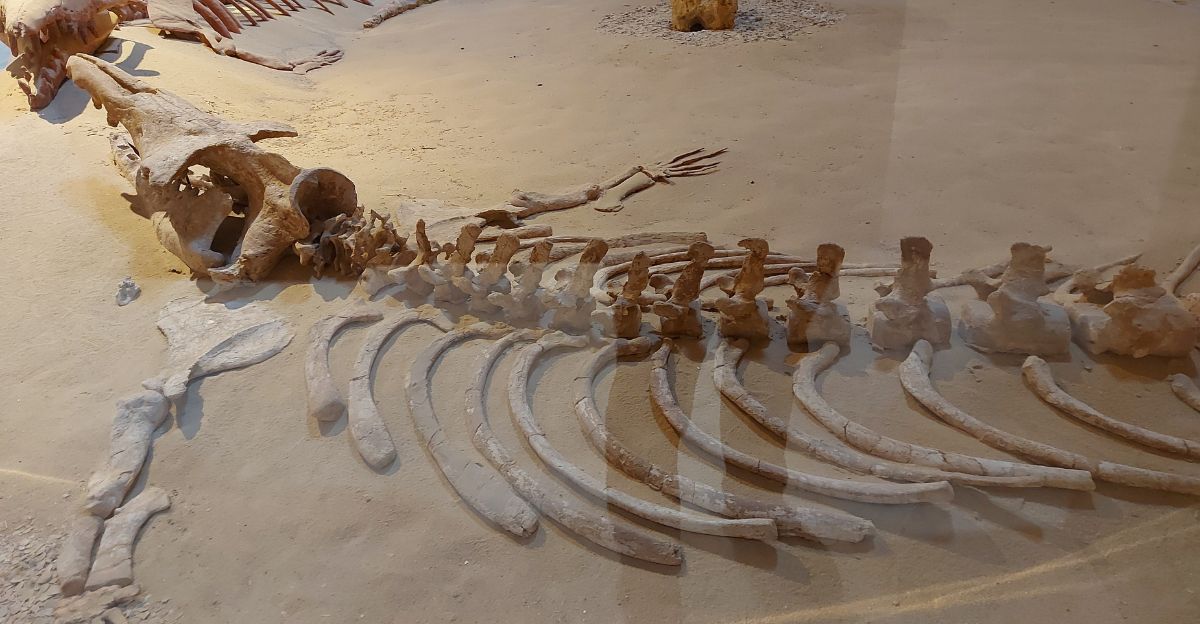
Permian monsters often get tangled in internet myths and wild rumors. Social media sometimes paints them as dinosaurs or magical beasts with superpowers, but science tells a different story. Museums and scientists work hard to set the record straight, showing through interactive exhibits and fact sheets what these creatures were really like.
“Engagement with the public is key to busting myths and getting facts across,” says Dr. Bruce Rubidge.
Old Disasters, New Warnings
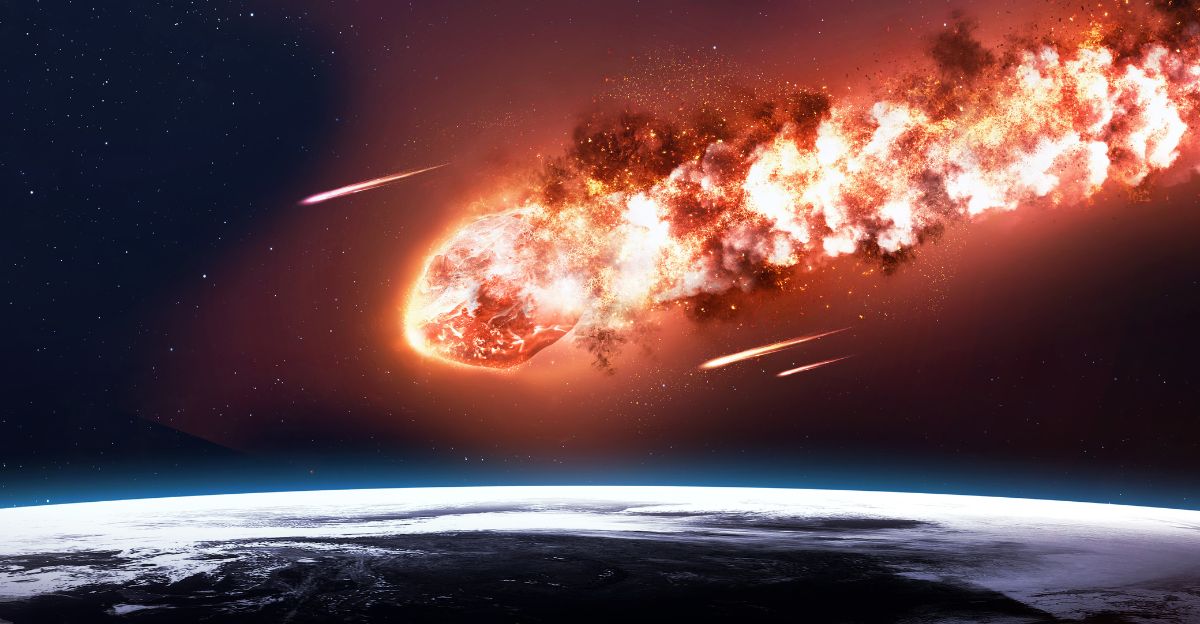
Experts regularly compare the Permian mass extinction to more recent crises, like the one that ended the dinosaurs. By understanding what happened millions of years ago, scientists can better warn against the modern loss of wildlife and help guide policies to protect threatened species.
“Learning from Permian extinctions can help avoid future biodiversity collapses,” says Dr. Mike Benton. Echoes of predator-prey cycles, disaster recovery, and adaptive breakthroughs keep the Permian era relevant, letting history guide our decisions for the planet’s future.
Why the Permian Still Matters
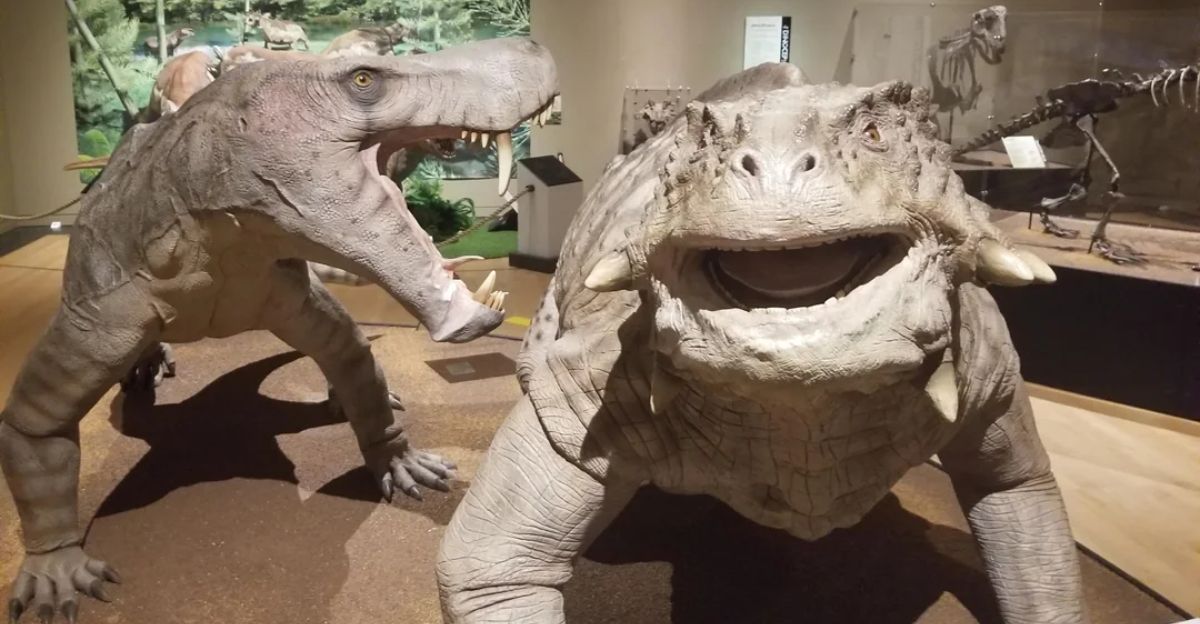
When it comes to the world’s first super predators, dinosaurs don’t get the spotlight, the crown goes to the Permian monsters. Their ancient reign, sudden extinction, and ongoing influence make them central players in evolution’s drama.
The Permian chapter offers vital lessons about adaptability and resilience, showing how new forms of life rise and shape the world even in the face of disaster. Looking back at their story helps scientists, conservationists, and innovators find better ways to understand the past and protect life into the future.